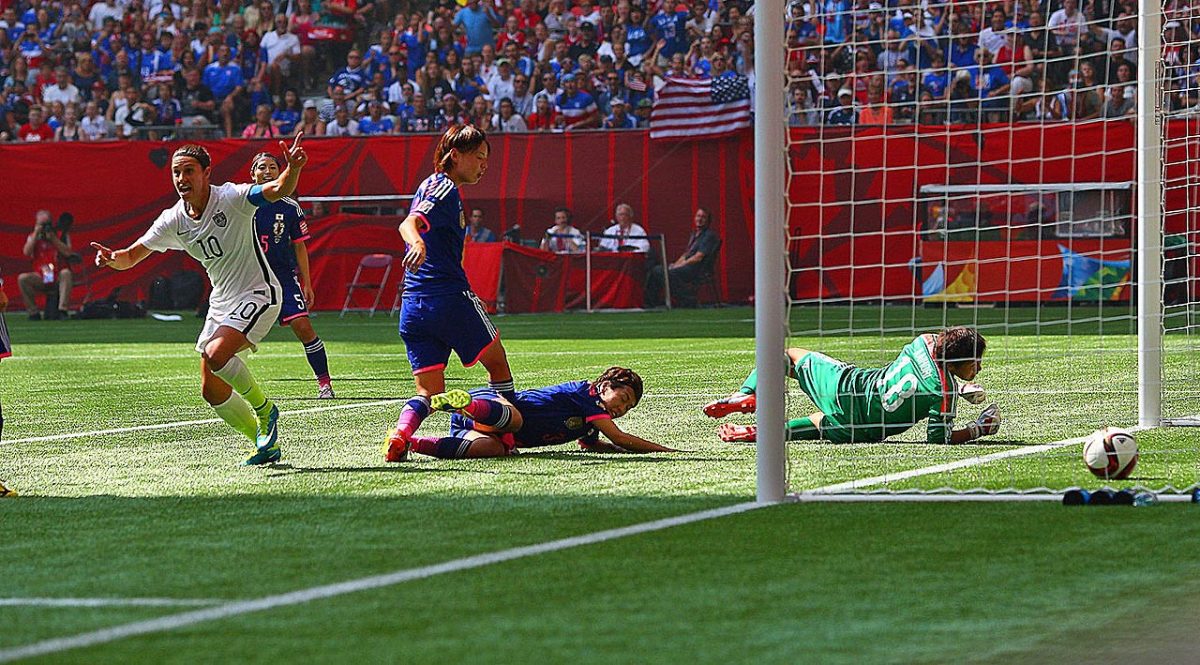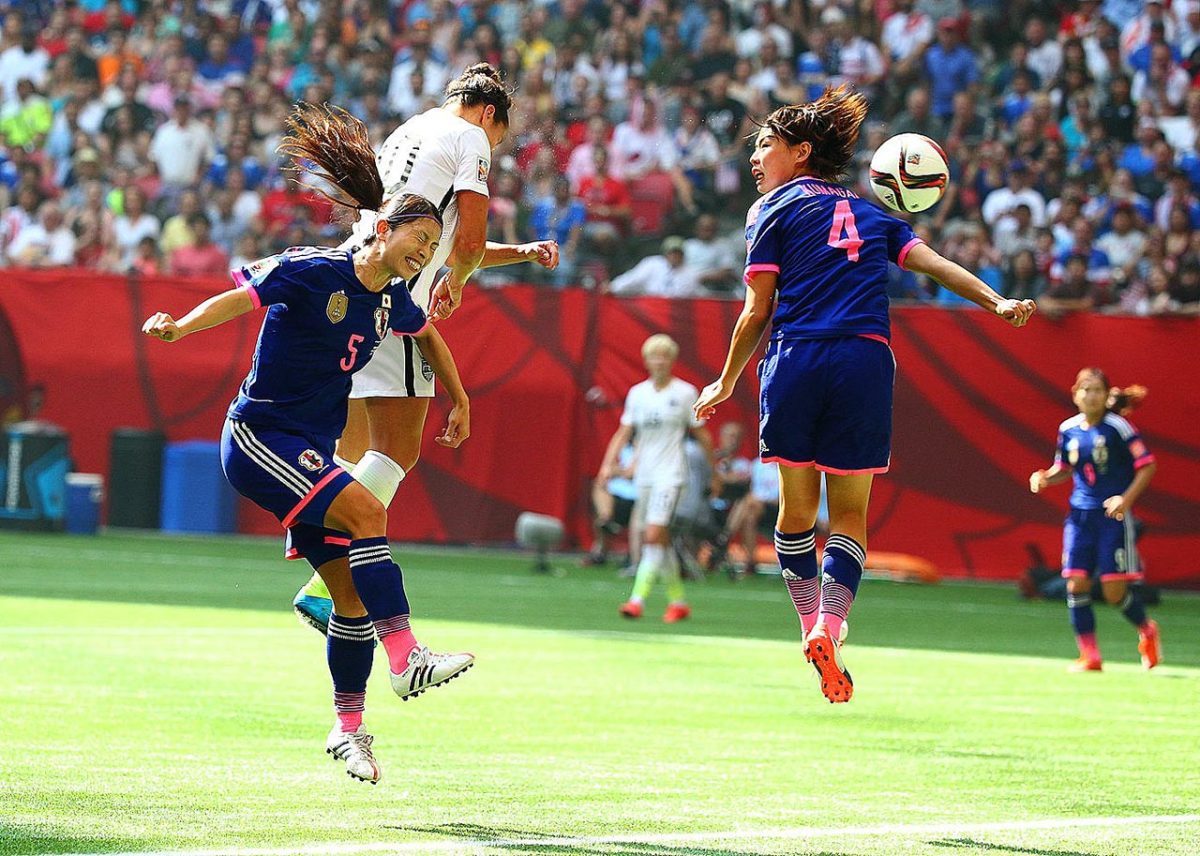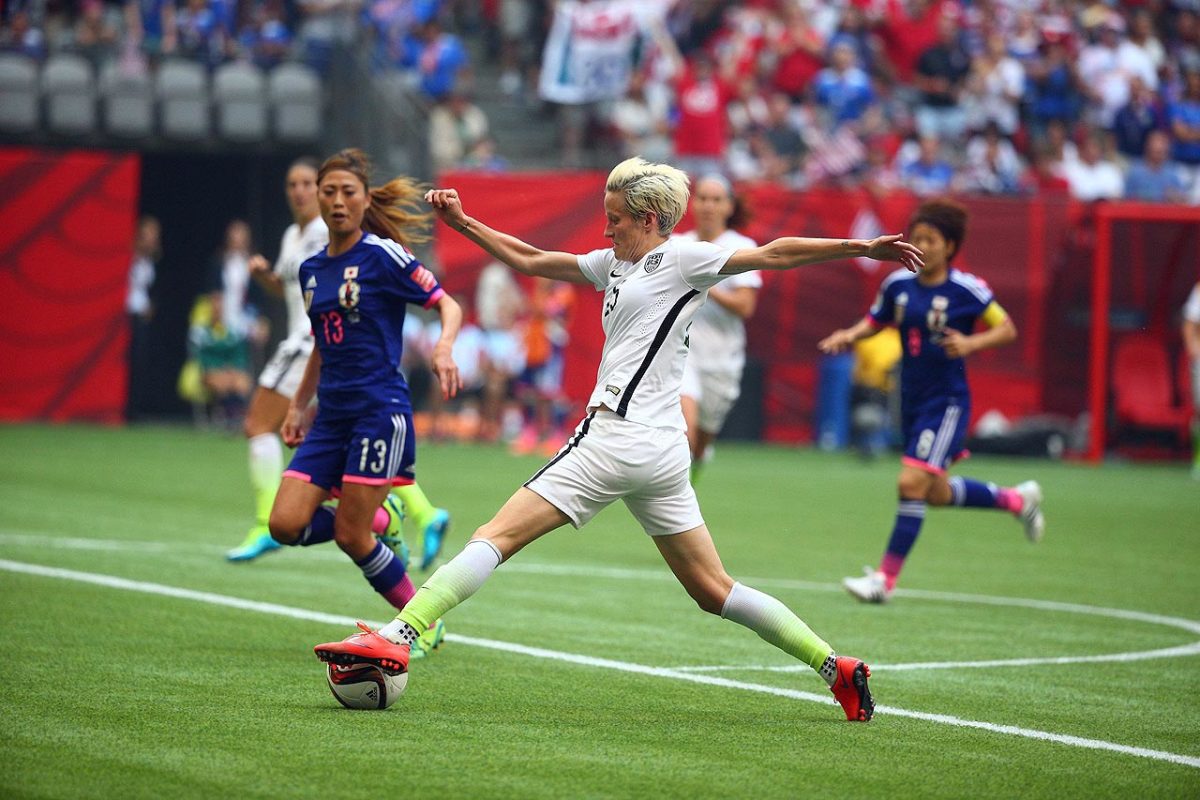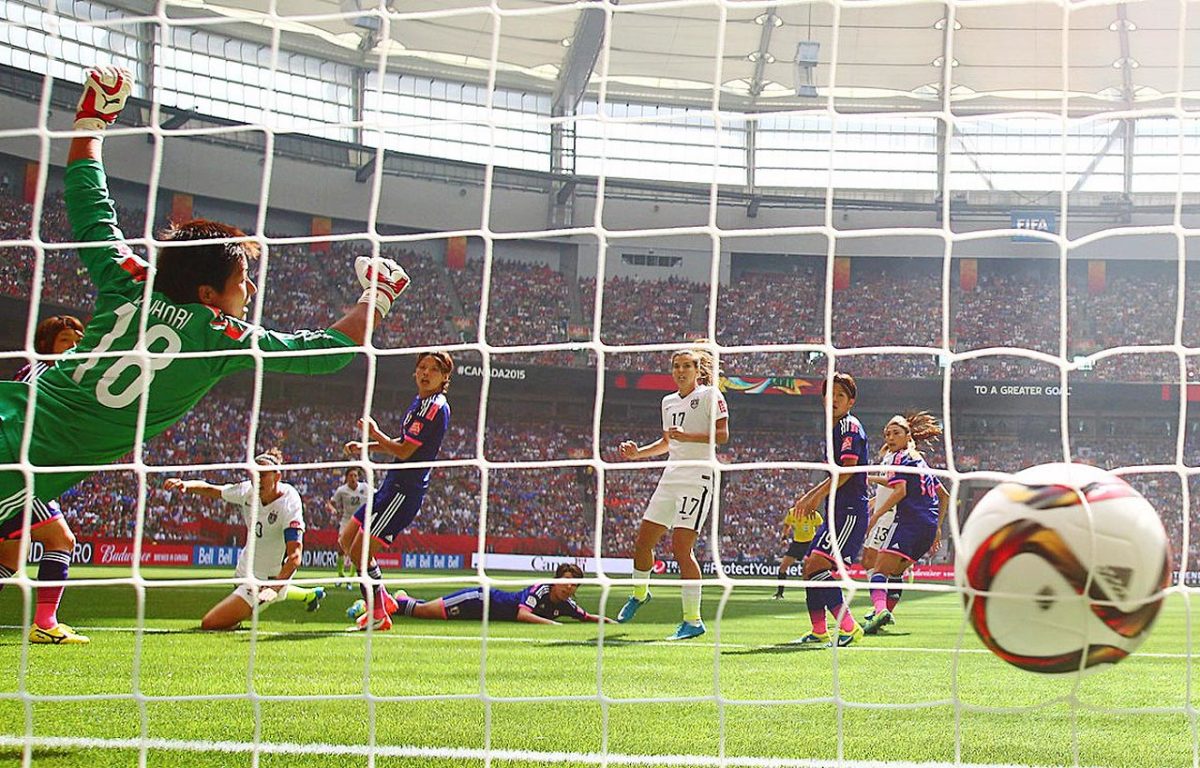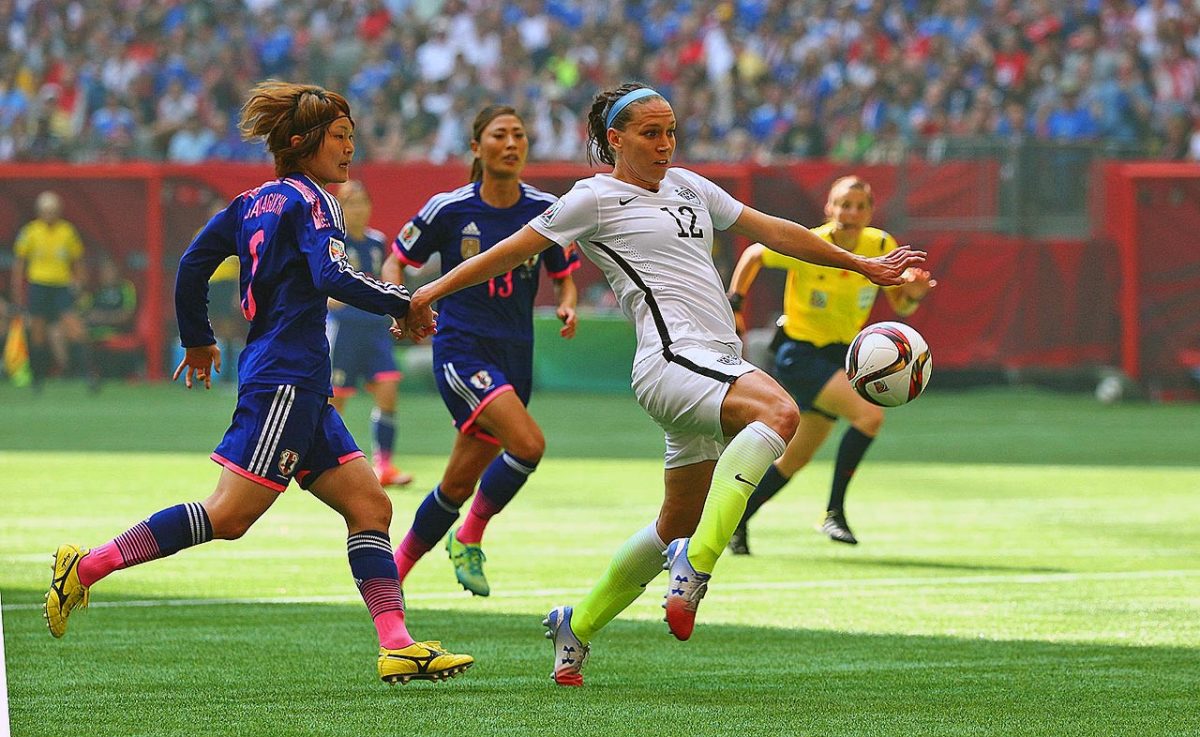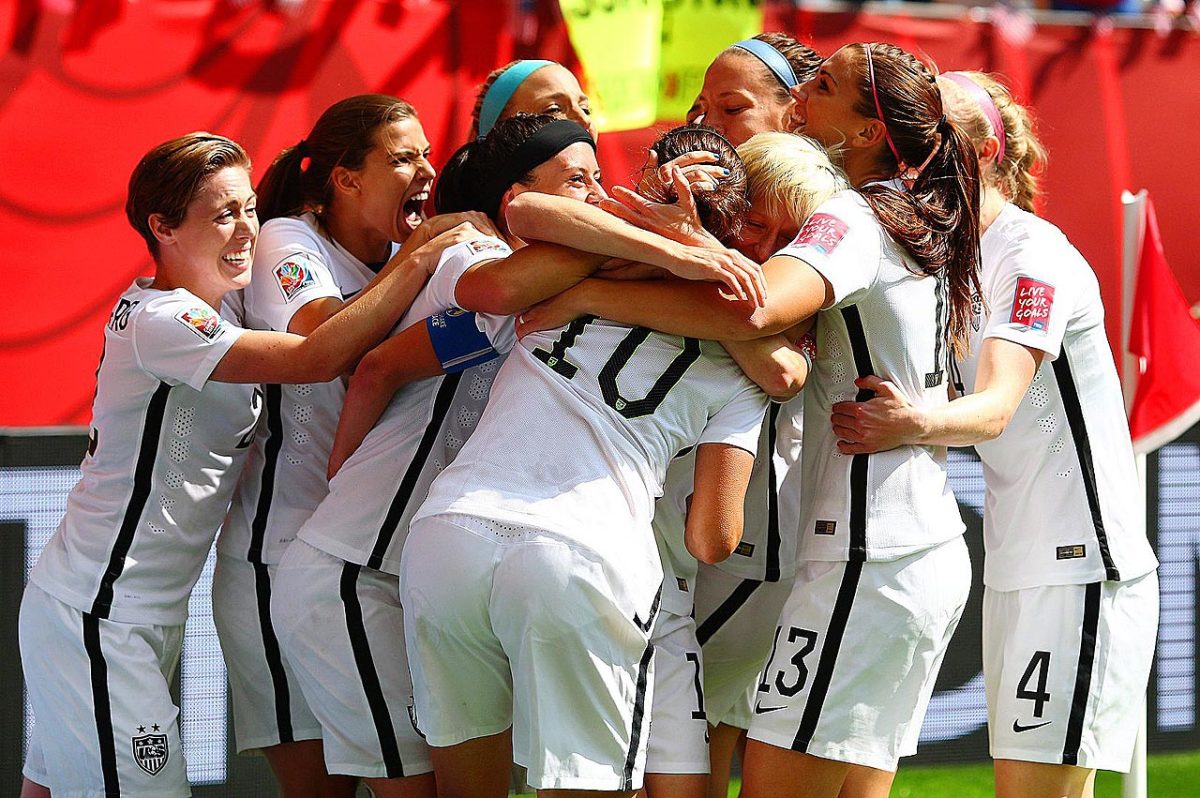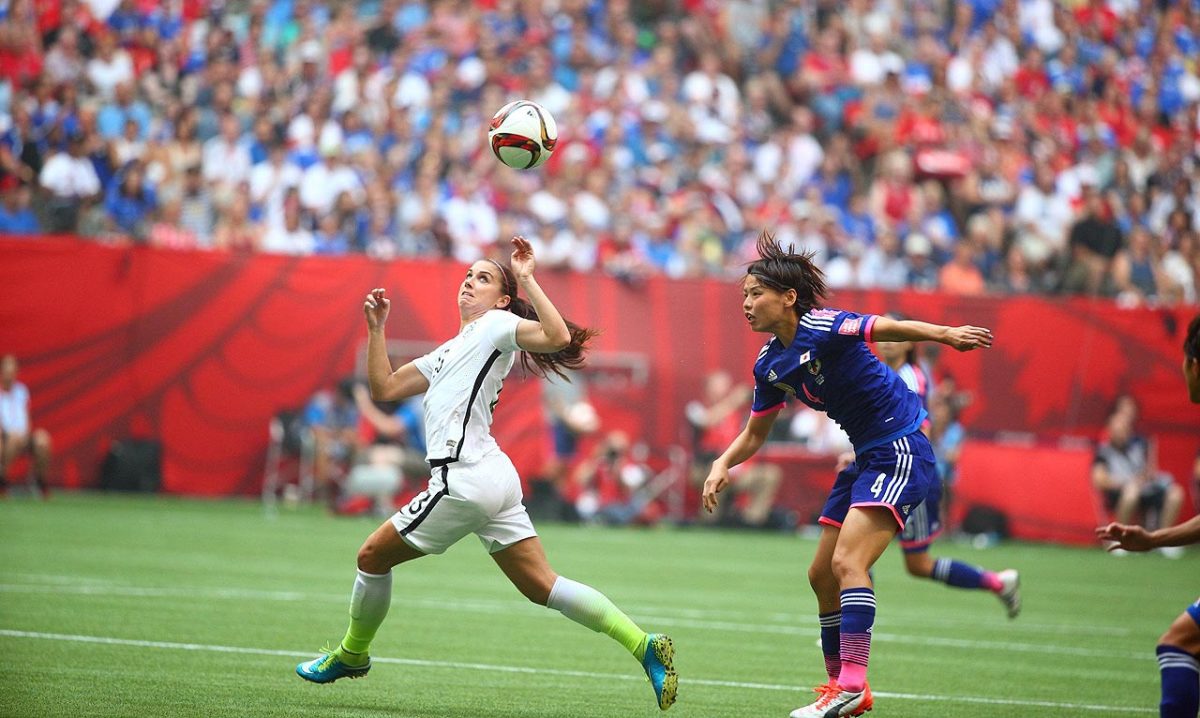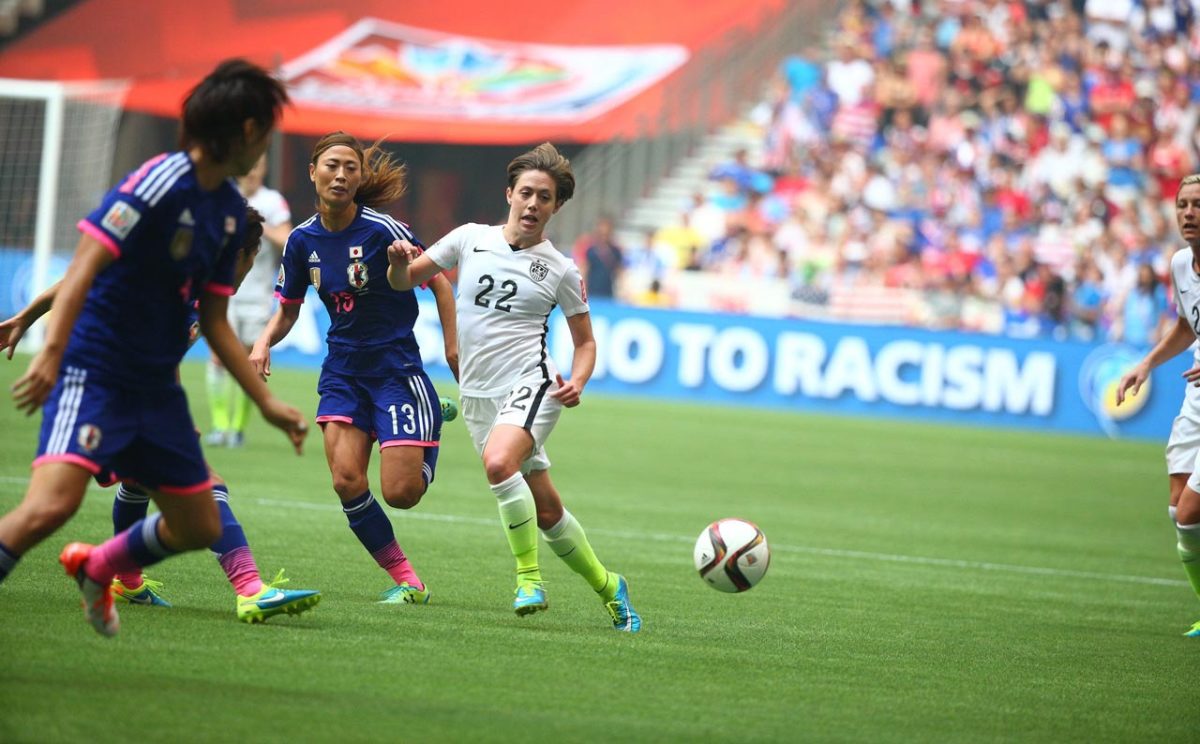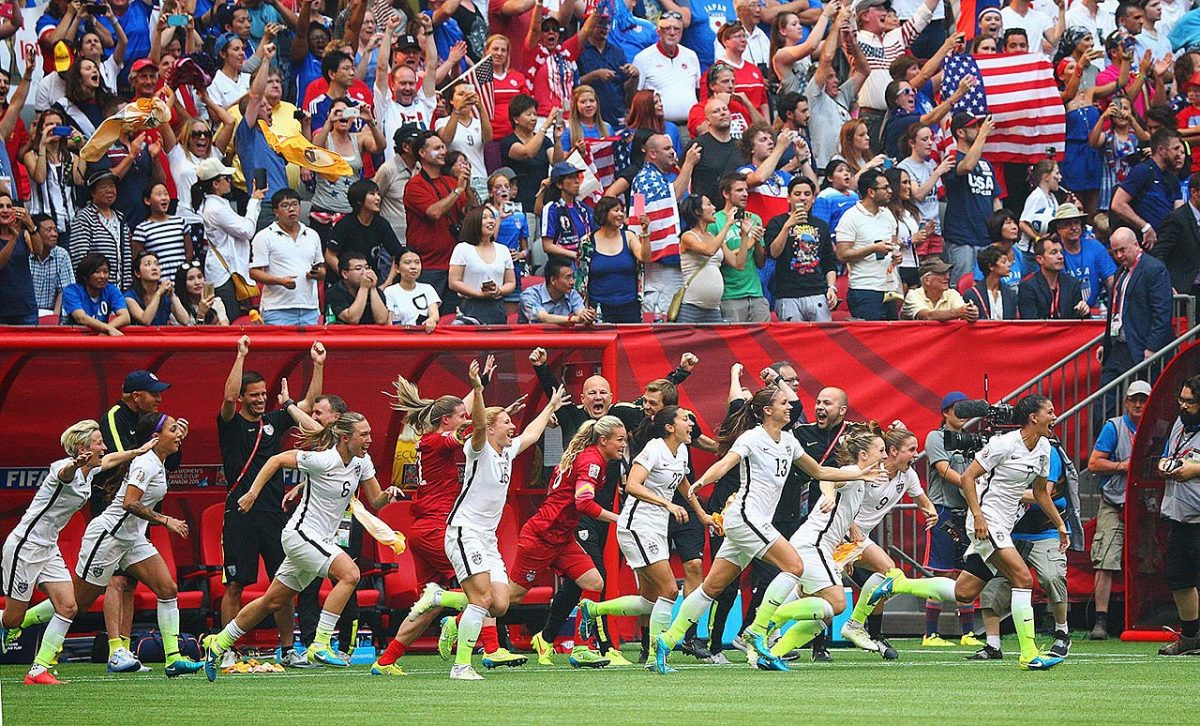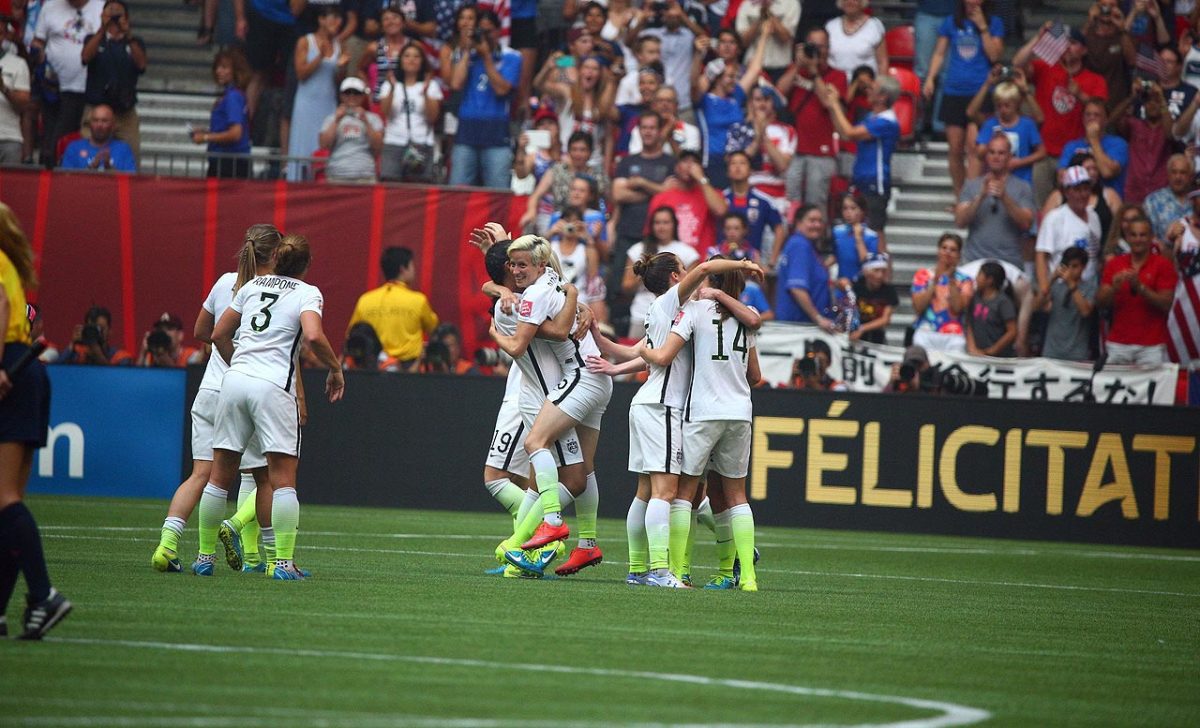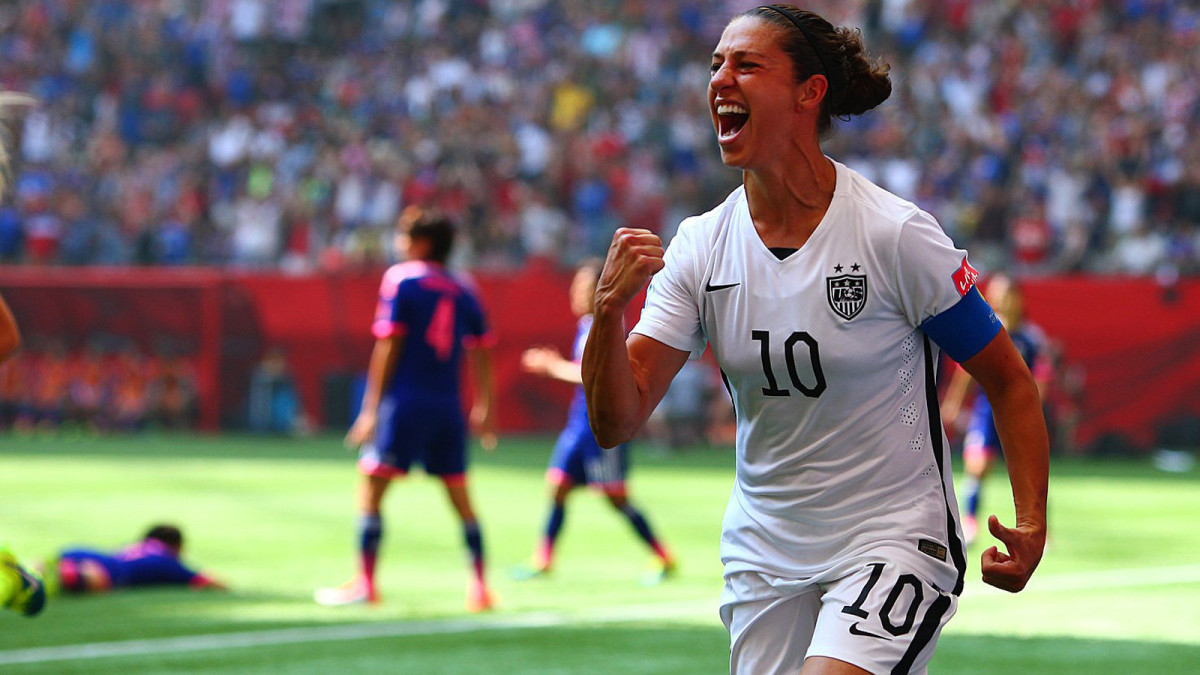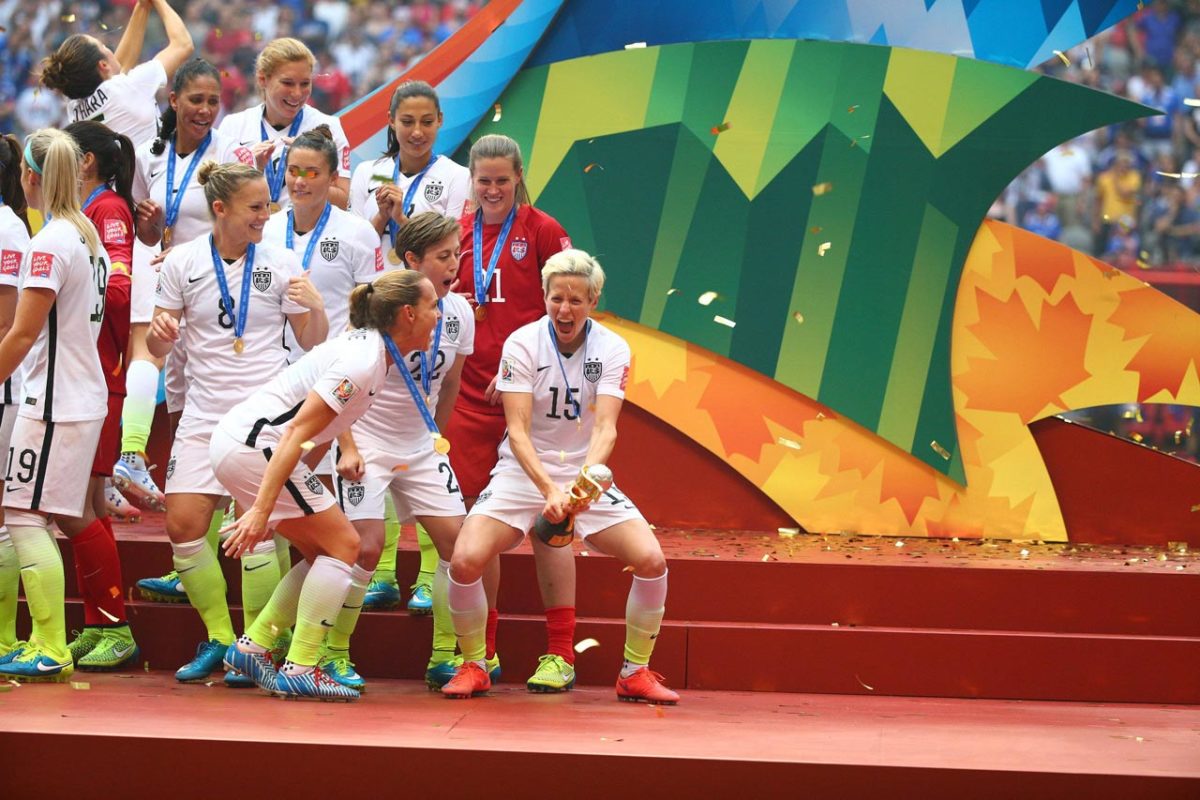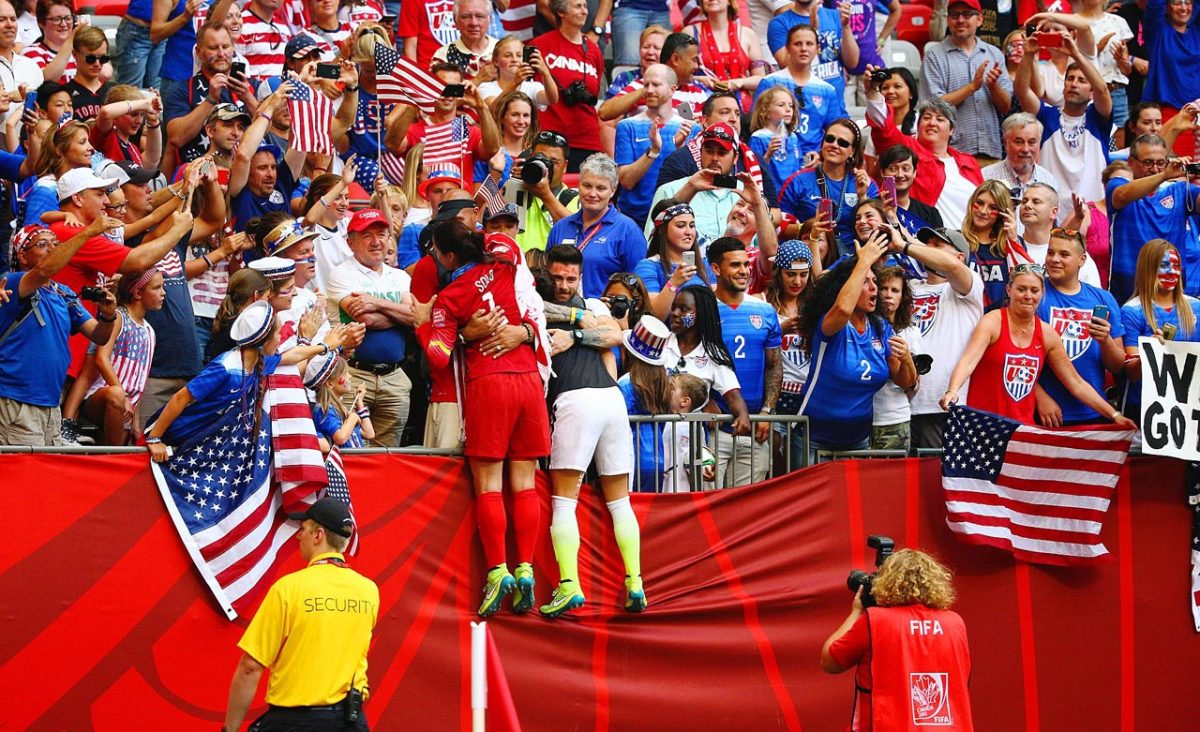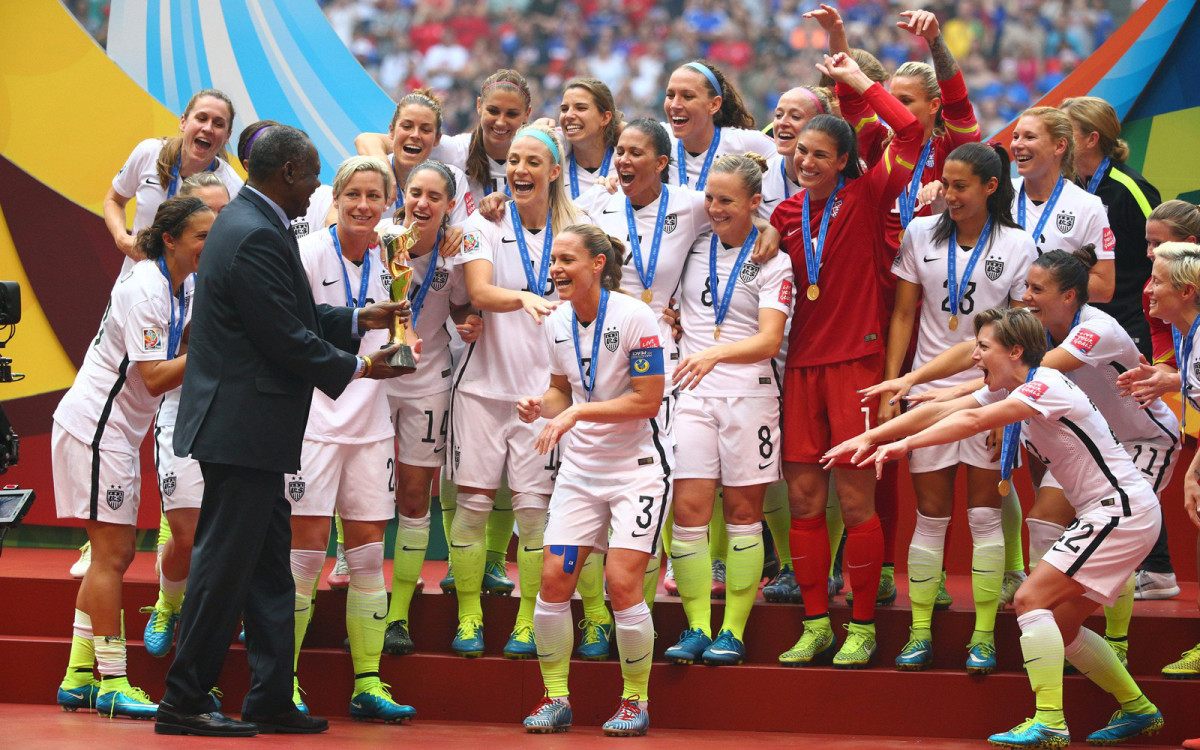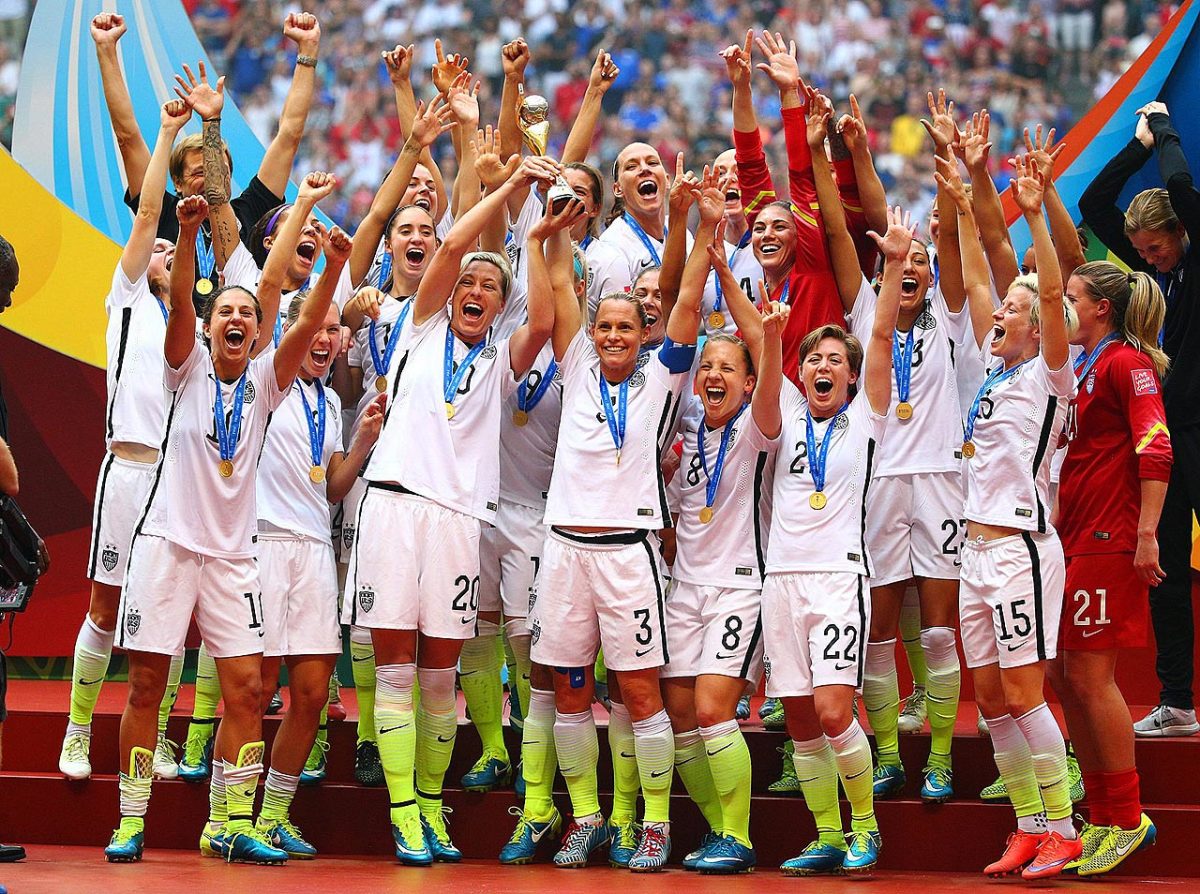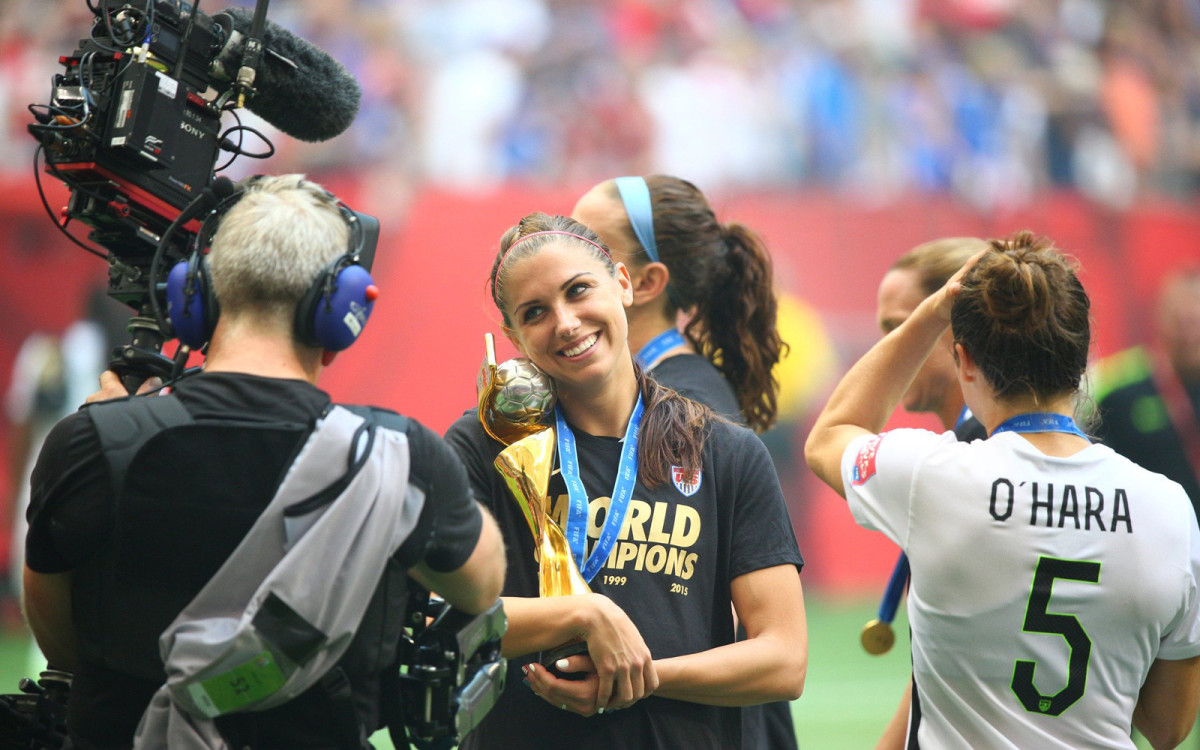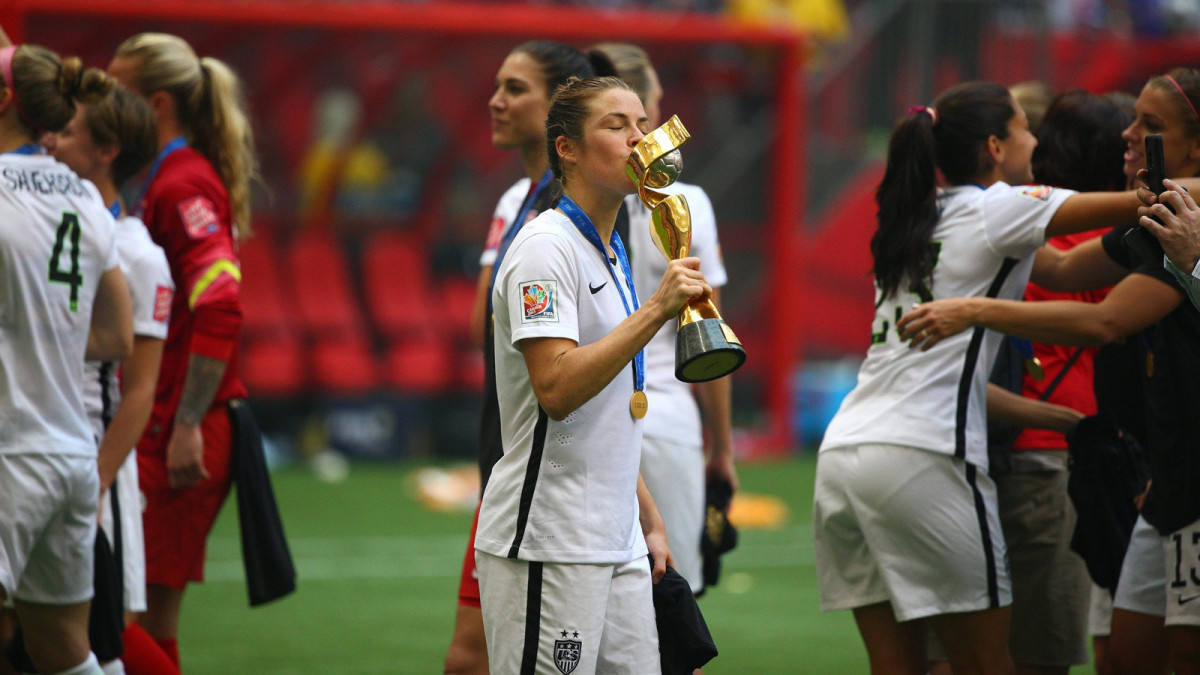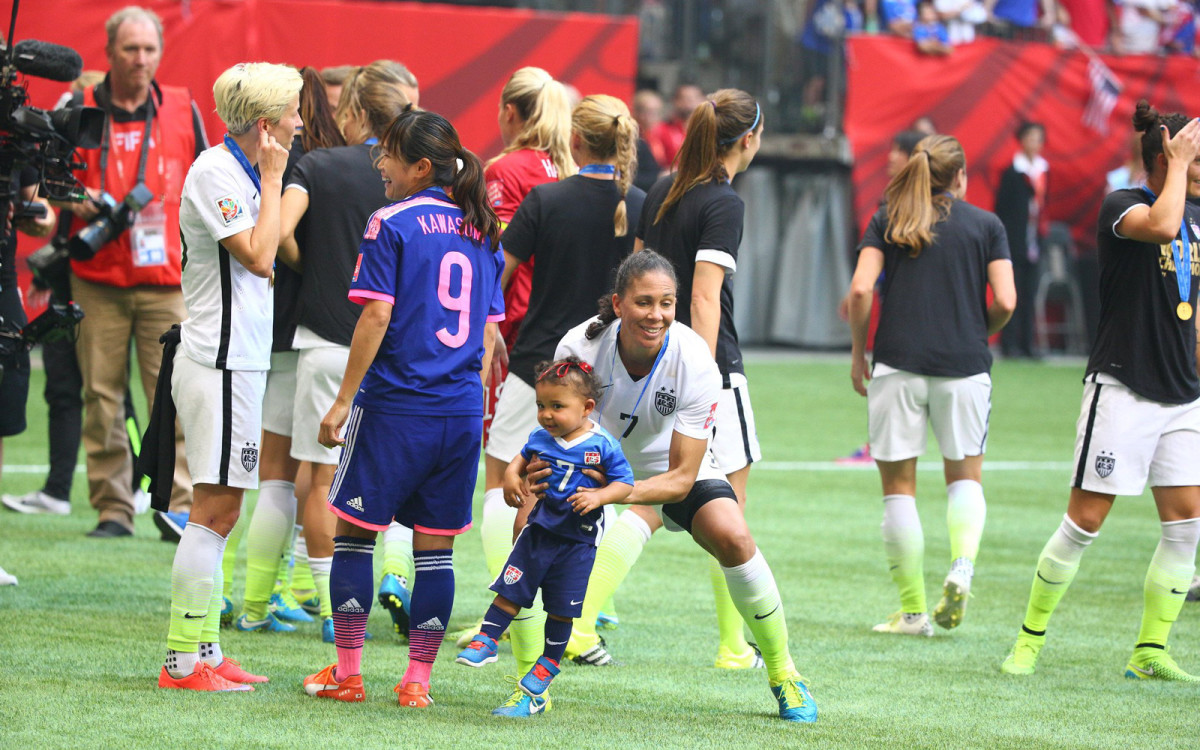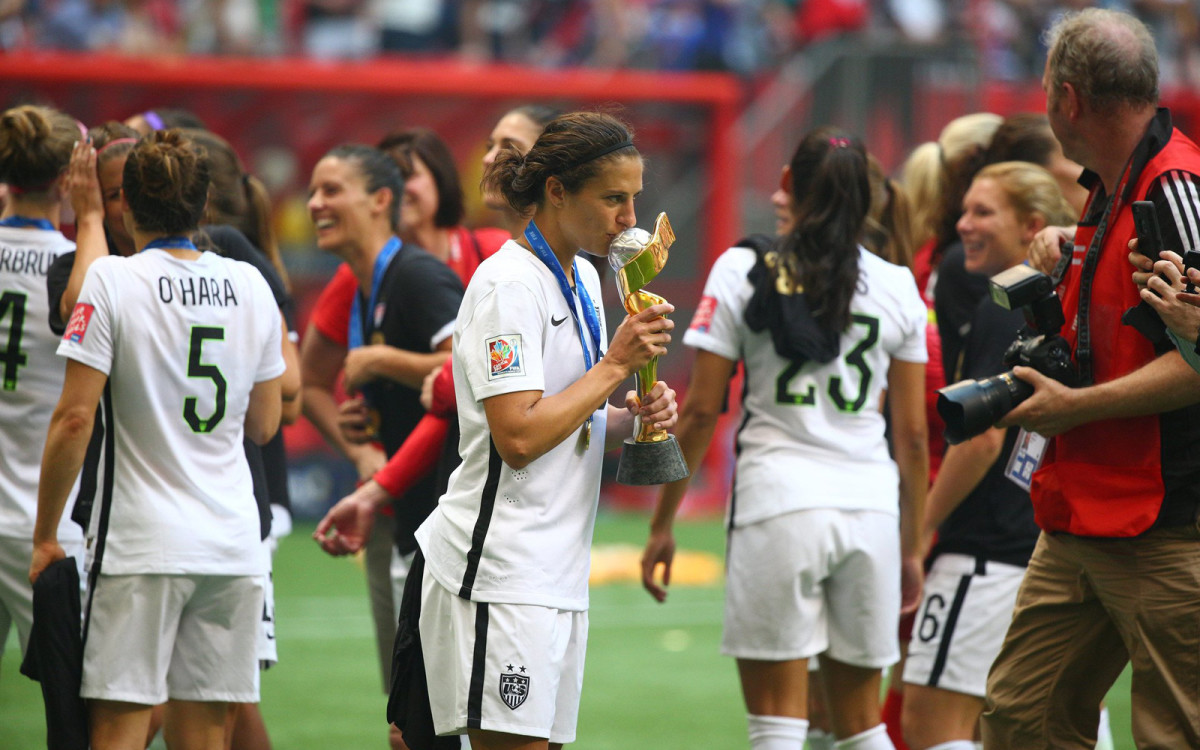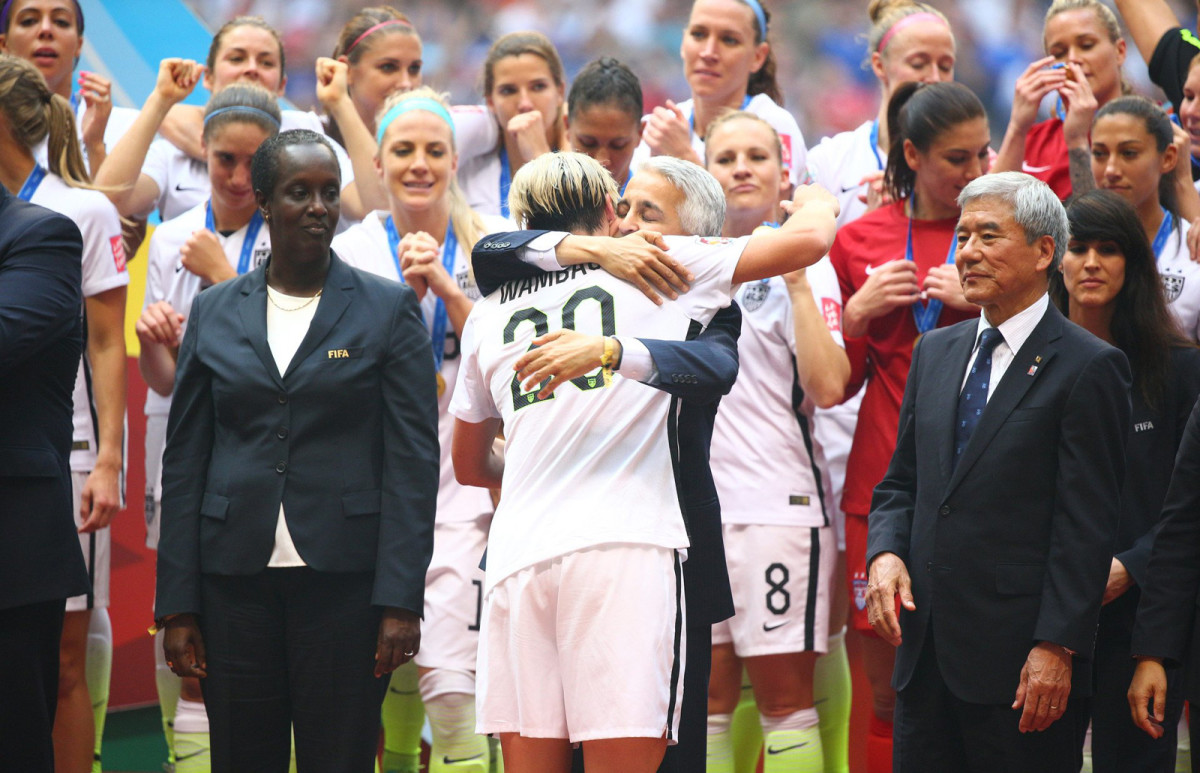Brian's ascension settles midfield, fuels USA's run to World Cup title

VANCOUVER, British Columbia — It took a timely suspension, of all things, to get the United States in position to win the Women’s World Cup. Without Lauren Holiday’s absence through yellow card accumulation in the quarterfinals, the U.S. might not have beaten Japan, 5–2, in the final on Sunday.
That suspension led to Morgan Brian starting in central midfield for the remaining three matches, and coach Jill Ellis discovering that the player who allows the team to be the best version of itself wasn’t one of its multitude of experienced players but the youngest on the squad.
“Mo has been a tremendous asset to this team for a long, long time,” Ellis said in Sunday’s post-match press conference. “That’s what we’ve preached from Day 1: It’s the depth of this team, so when players have opportunities to step in, they do great things. Morgan was fantastic.”
• AS IT HAPPENED: USA routs Japan to win Women's World Cup
'15ers create own history: Lloyd leads USA to record 3rd Women's World Cup
Beginning with a dominant performance in a 1–0 win over China, Brian, 22, became the catalyst for the U.S. midfield’s composure throughout the knockout round of the tournament. Her inclusion led to a fundamental change in the U.S.’s pressing game and its mechanism for control in the center. Facing a match without Holiday, Ellis retooled her midfield duo and ended up with a calming presence on both sides of the ball in Brian.
Besides the vision and distribution cultivated by playing the primary playmaking role at the University of Virginia, she provided some much-needed bite to break up plays ahead of the center backs.
Brian tracked runners off the front line and into midfield, neutralizing a Japanese attack with an interchangeable two-forward set in the final. In attack, she held just in front of the center backs to allow others freedom to get forward, even though it meant she often had to watch American attacks develop rather than participate in them.
Carli Lloyd turns in Women's World Cup final performance for the ages
“The coaches asked her, ‘Hey, this is the role we want you to play. Can you do it? Will you do it?’” said Shannon Boxx, who plays defensive midfield and became a mentor to Brian in her adjustment. “She was all about it. She wanted to be on the field, just like everybody else, and she played her role tremendously, especially … just winning balls. She always got a toe on it, and she disrupted play in the midfield.”
That also allowed Carli Lloyd to play a higher role just underneath the front line, from where she needed just 16 minutes to score a hat trick against Japan. When Holiday returned, she turned into a box-to-box midfielder shuttling between the low and high blocks and giving the U.S. three separate, defined central midfield roles for the first time in the tournament.
The U.S. slogged through the group stage with Lloyd and Holiday playing side-by-side in the middle, neither with the freedom they needed to play their best. The confusing dual-No. 8 setup led to the U.S. skipping the midfield with long balls toward the forwards and missing a key component in the high-pressure defense that teams couldn’t cope with toward the end of the tournament.
“I think the China game was where our tournament started, and it completely took a different turn at that point in time,” Brian said on Sunday. “I would hope I would help in some sort of way—obviously, you want to do that—but I think that it just took a different energy.”
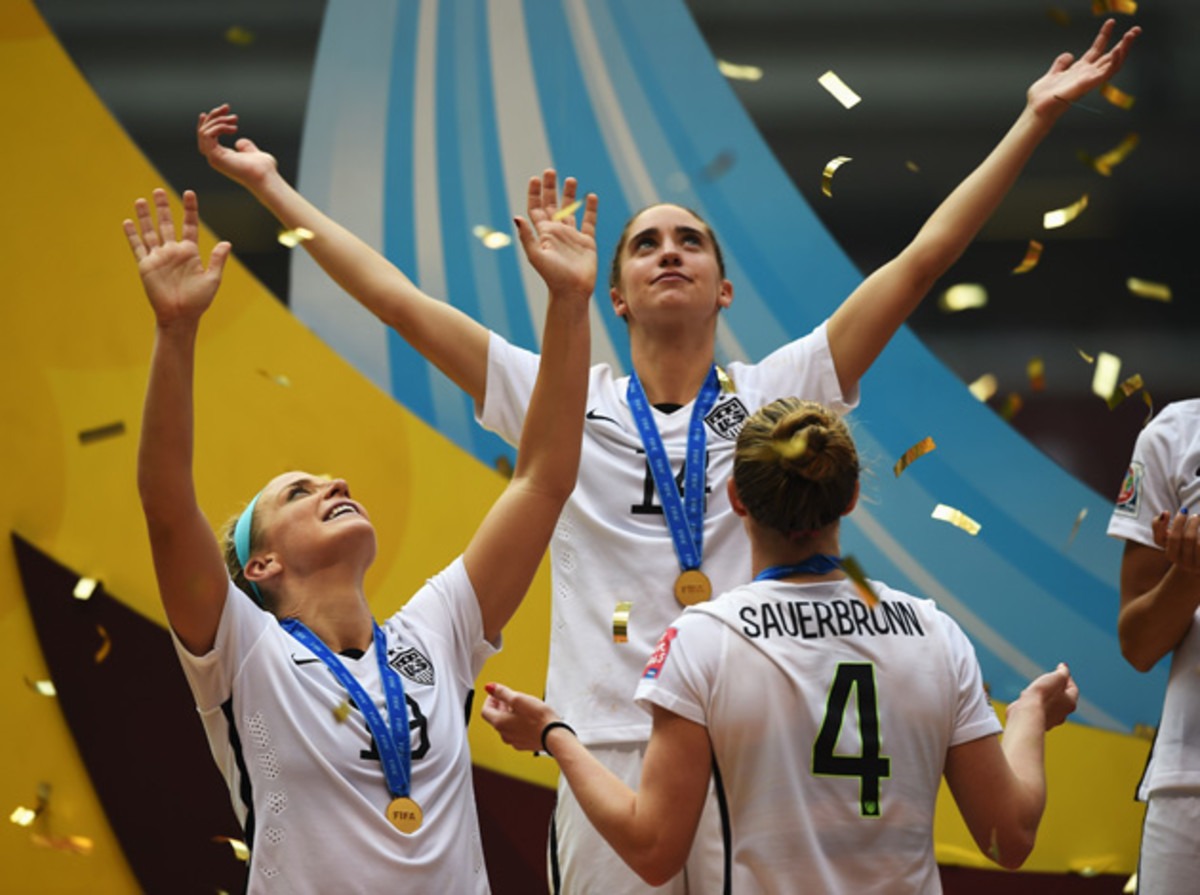
That different energy involved a natural playmaker as a deep distributor in attack and a destroyer defensively. It’s the same idea that Ellis had in mind with putting Holiday deeper in midfield, but Brian’s more developed defensive abilities made her a more complete option for the position.
She continued to flourish when Holiday returned to the lineup and Lloyd pushed underneath Alex Morgan in the 2–0 semifinal win over Germany and again in the final. Lloyd scored in four straight matches, providing the winner in the final three games—a streak that intensified as Brian’s role grew.
• MORE: Lloyd wins Golden Ball following historic performance in final
“For Carli, the attacking part of her game, she was doing tremendously well,” Ellis said. “It was a natural decision for me to push her into a higher position and play her there. She relishes that role.”
The forwards, thought to be the strength of the U.S. team with options such as Abby Wambach and Alex Morgan, scored just twice in the World Cup. Wambach scored off a corner kick against Nigeria in the group stage, and Morgan added hers in the round of 16 against Colombia.
Christie Rampone, Abby Wambach lift USA's first World Cup since 1999
The other goals—Lloyd’s Golden Ball-worthy six, Megan Rapinoe’s double against Australia and one each from Holiday, Christen Press, Kelley O’Hara and Tobin Heath—all came from the midfield.
Never mind that the U.S. basically fell backward into the solution that allowed those middle players to overrun Germany and Japan, two of the best possession-oriented teams in Canada.
Ellis’s apropos reaction to Brian’s success was the single most important managerial decision that led to the U.S. hoisting its third World Cup.
It helped that Brian wasn’t exactly new to winning international tournaments. Sunday’s victory polished off a double of World Cup wins for her that included the 2012 U-20 Women’s World Cup. (She also reached the final of the U-17 tournament in 2008, losing to North Korea in extra time.)
“She knows what she’s doing. She’s been in the U-20s—she’s done it,” Boxx said. “She knows what the level is, but man she stepped up, didn’t she, at the end.”
GALLERY: SI's best shots from 2015 WWC final
USA wins Women's World Cup
